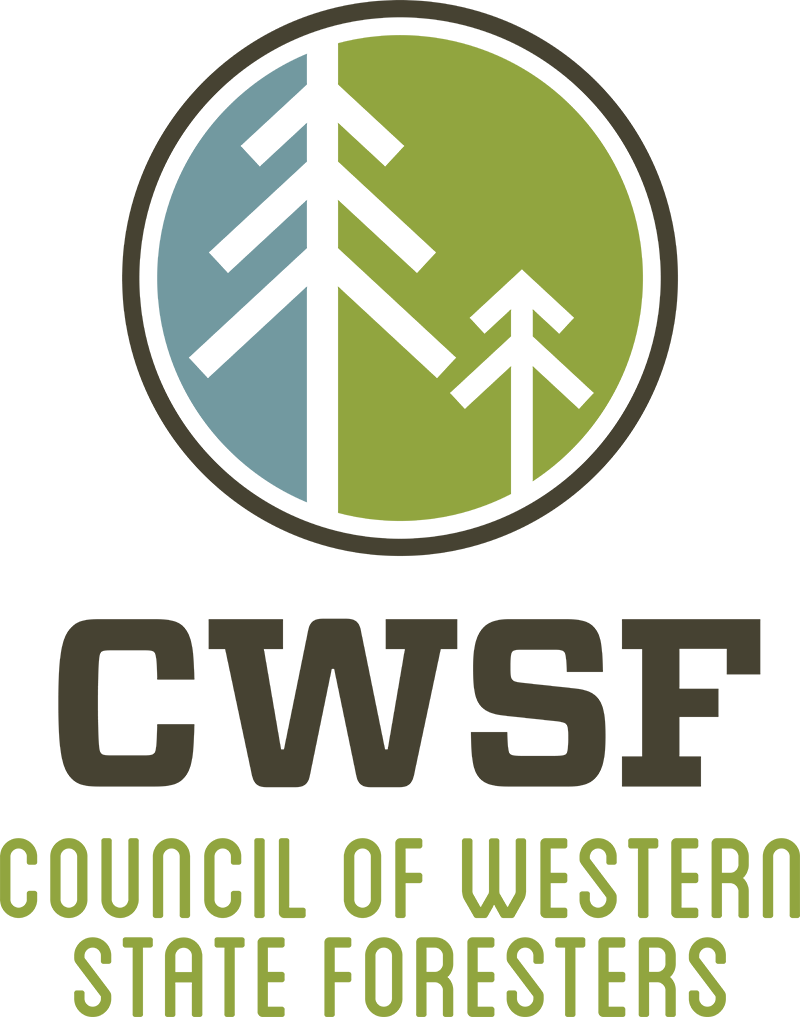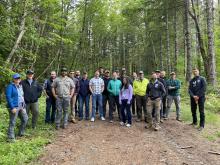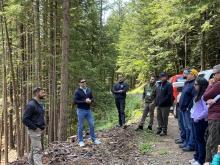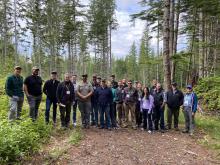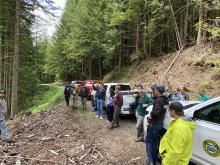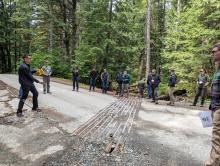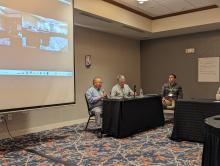Authored by Trevor McConchie, Washington Department of Natural Resources
The Good Neighbor Authority (GNA) Task Force convened for its first in-person annual meeting in beautiful Issaquah, Washington, from June 20-22, 2023.
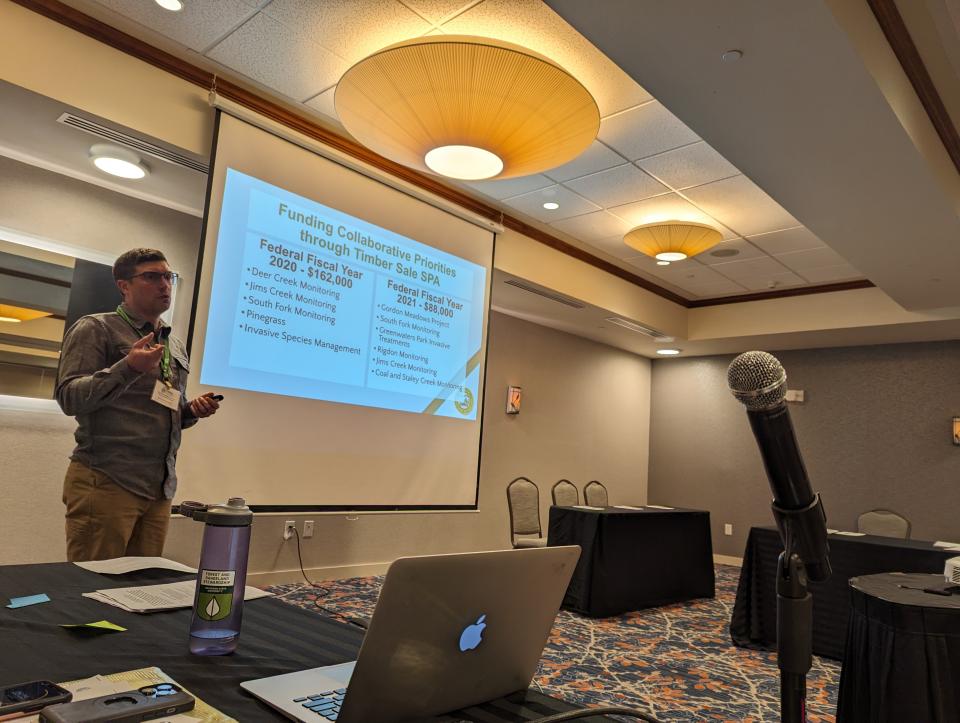
The GNA Task Force was initially established within the Council of Western State Foresters (CWSF) in response to a significant increase in states engaging in GNA with federal partners across the West and as a forum for state implementers to convene and discuss challenges, successes, and general information sharing on how GNA was working within their respective areas and at the national level. Participation has expanded and contracted over the last three years, with approximately 14 states regularly engaging, often in concert with federal and/or state interest and resources dedicated to GNA increasing at their local level.
The 2023 meeting focused on in-person dialogue for states and partners who are currently implementing GNA and those who want to explore how to use the authority. The meeting also provided opportunities to collectively share successes and how to persevere through the barriers many states face.
2023 is also significant to the GNA itself as a federal statute due to its nexus with the Farm Bill and how revisions to the authority may impact states and partners.
During the meeting, the GNA Task Force took a significant step to unanimously agree to become a standing committee under CWSF and join existing committees as a formal voting body with a mission, goals, and work plan.
This year’s meeting was hosted by Task Force Chair Trevor McConchie, with support from Washington Department of Natural Resources (WADNR) and the CWSF staff. Represented states and attendees included GNA leads and program staff from Alaska, Arizona, Colorado, Idaho, Montana, Oregon, and Washington. Additional attendees and guests included the State Foresters of Washington, Idaho, and Oregon, CWSF staff, USDA Forest Service Washington Office staff, staff of the Cow Creek Band of the Umpqua Tribe of Indians, and leadership from Skamania County.
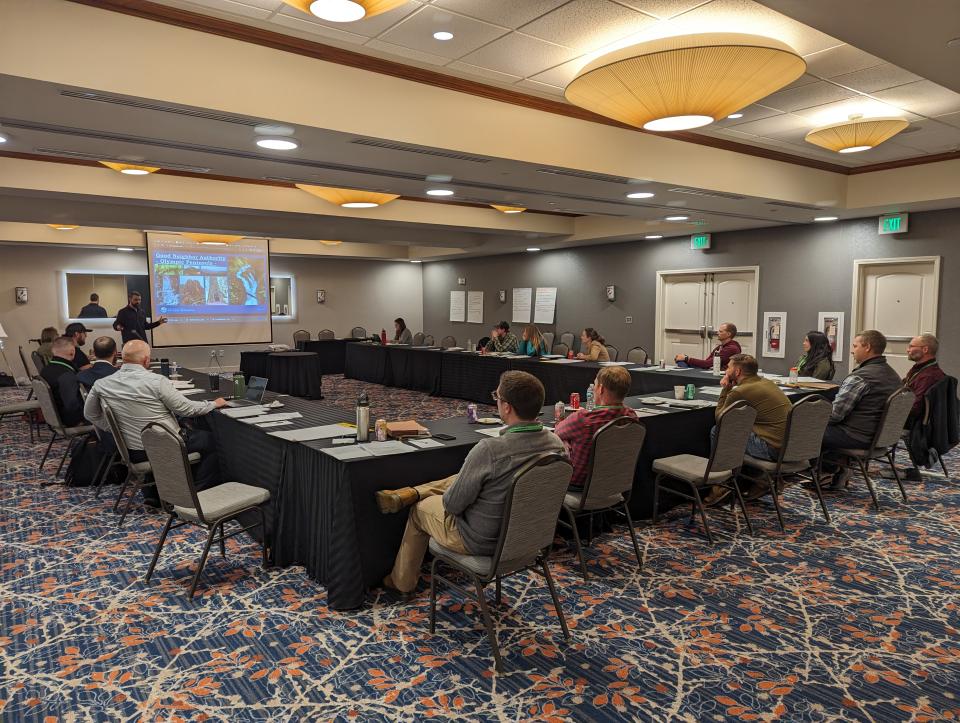
The meeting began on July 20 with a land acknowledgment and welcome from the WADNR, providing the attendees with an overview of the complex challenges of resource management with the state and how the WADNR works within these social and ecological issues that exist today.
“Washington has hydrology like Southwest Alaska but also has fire-driven ecologies like the Intermountain Rockies, with a population greater than Oregon, Idaho, and Montana combined”, remarked Task Force Chair Trevor McConchie.
On July 21, the attendees were welcomed by Idaho State Forester and GNA Task Force State Forester Advisor Craig Foss, who applauded the members for their work, “Keep doing what you are doing. It is incredible to see how far GNA has come in such a short amount of time and exciting to see where it is going”.
Members heard from USDA Forest Service Washington Office staff on the national perspective on GNA and its impact across National Forests, including a newly updated GNA Map Viewer. Tribal and County participants, including Jason Robison from the Cow Creek Band of Umpqua Tribe of Indians and Commissioner Tom Lannen of Skamania County, also shared their insight into GNA and how they see potential changes in the upcoming Farm Bill and the opportunities that exist to expand their existing federal partnerships. Idaho State Forester Craig Foss, and Oregon State Forester Cal Mukumoto, provided insight into leadership’s viewpoint on how GNA is impacting states and what they see on the horizon for states.
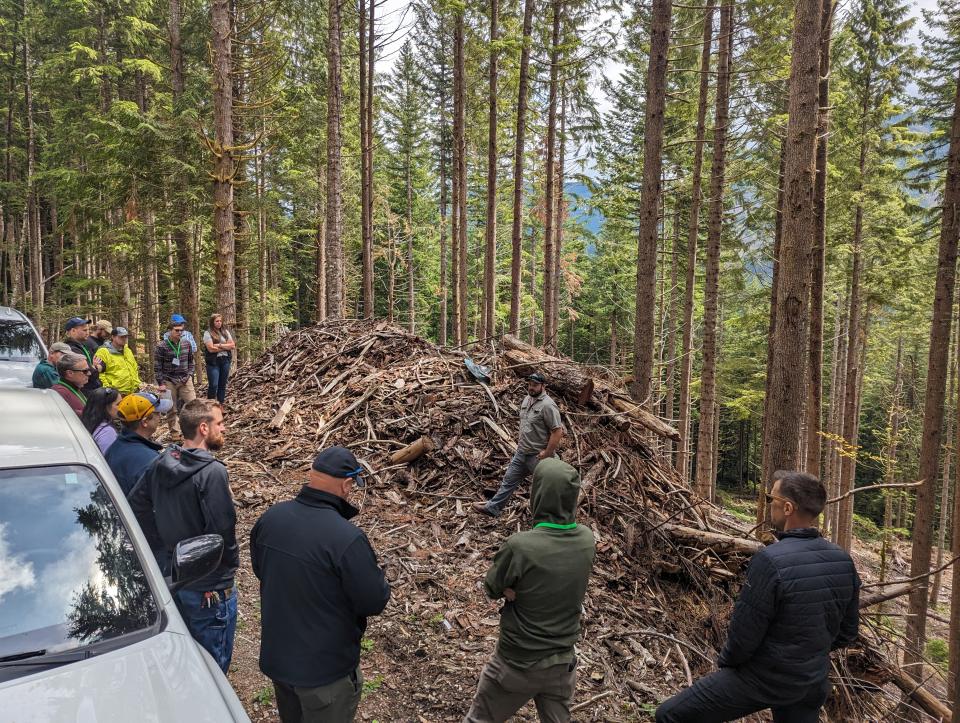
Day two concluded with a field tour through Snoqualmie Pass, one of the heaviest-used recreation corridors in the Northwest. Attendees visited the Bandera restoration thinning project, a logistically complicated GNA sale project with a history of challenges. Attendees were then shown some of the large-scale engineering road projects completed by the WADNR Federal Lands Engineering Program. On the Tinkham Road Project, Federal Lands Lead Engineer Justin Long described how addressing roads is critical to the long-term restoration on these landscapes. The tour concluded at the Snoqualmie Point habitat project, where WADNR completed small patch openings to benefit the local elk heard that frequent the Snoqualmie Point Park of the city of Snoqualmie.
The meeting concluded with a deep dive into GNA content provided by states and presentations on topics including how states conduct National Environmental Policy Act (NEPA) support, Infrastructure Investment and Jobs Act and Inflation Reduction Act discussions, reporting mechanisms challenges, interstate functionality, and Farm Bill updates (provided by CWSF staff), and technical discussions on the GNA agreements and how they work for states.
With the vote to become a standing committee, the GNA Committee will continue its monthly meetings and begin forming its mission, vision, and goals in the coming months leading up to the CWSF Fall Meeting. The leadership team will also establish a more central role in developing committee direction and content that supports the CWSF Strategic Plan and the members, to be adopted and voted on by the group.
To learn more about GNA, visit https://www.thewflc.org/partnerships/gna-information-and-resources.
Photos: Trevor McConchie and Laura Wagner
